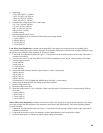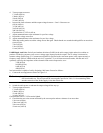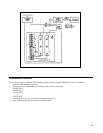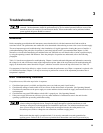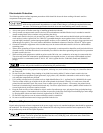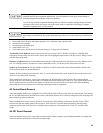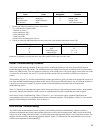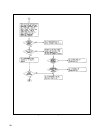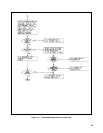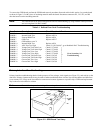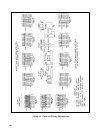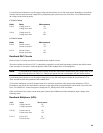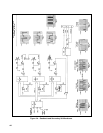
37
AC Input Wire Terminal Destination
from color designator location
L6 (chassis) white P left rear
RFI filter white/gray N behind A1K1
Circuit breaker white/brown/gray L behind A1K1
L6 (chassis) white A1K1 front armature
c. Remove the following mounting screws, all Pozidriv:
2 (1 each) from the output bus bars
7 from the A1 board
4 from transformer AlT2
4 from transformer AlT3
2 from relay AlK1
4 inside-cover mounting posts 5/16 hex
d. Lift the A1 board up and toward the rear, then remove the wires from the front panel switch A3S1.
A1 Designator Wire color A3S1 Position (Rear View)
A white/gray
BgrayS1
C white/brown/gray B - | - A
D white/red/gray C - | - D
Install the A1 board by reversing the above steps. Be careful to follow the wire color code.
Overall Troubleshooting Procedure
The overall troubleshooting procedure for the unit involves isolating the problem to one of several circuit blocks and
troubleshooting the block individually. The GPIB/microprocessor related circuit blocks are located on the A3 (front panel)
and the A8 (GPIB) boards. They are referred to collectively as the GPIB section. The power supply circuit blocks are on the
A1 (main), the A2 (control), the A4 (FET), and the A5 (diode) boards. They are referred to collectively as the power
section.
The flowchart of Figure 3-1 provides troubleshooting isolation procedures to guide you either to the appropriate circuit or to
one of the detailed troubleshooting procedures in this section. The purpose of the flowchart is only to isolate the problem to
a specific area of the power supply. If you have already isolated the problem, proceed directly to the applicable
troubleshooting section.
Table 3-1 lists the error codes that may appear on the front panel when the unit performs its internal selftest. Along with the
error codes, the table also identifies various circuits or components that may have caused that error code to appear.
In the Power Section Troubleshooting, Tables 3-10 and 3-11 give various power supply symptoms that identify the
corresponding board, circuit or components that may have caused that symptom. The symptoms in Table 3-10 may become
apparent when running the Performance Tests in Section 2.
GPIB Section Troubleshooting
The GPIB section troubleshooting consists of primary and secondary interface troubleshooting. Signature analysis is
required to troubleshoot the primary and secondary processor as well as the front panel board. Other circuits on the GPIB
board, such as the voltage and current DACs, can be checked using either signature analysis or the front panel controls. The
readback circuits cannot be checked using signature analysis. Figure 3-2 illustrates the test setup that allows access to the
GPIB board components for troubleshooting.




